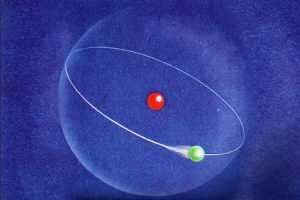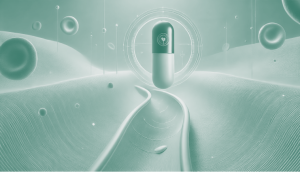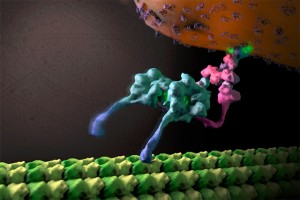Hydrogen Fuel Cells
Chemical engineer Dionisios Vlachos on the Apollo space missions, overpotentials, and proton exchange membrane...
Which processes control differentiation of stem cells? What stem cell type was the first to be discovered? Harvard-MIT Professor of Medicine and Health Sciences and Technology Ali Khademhosseini speaks on engineering approaches to maintaining stem cells.
With respect to how we want to go about engineering this environment, there’s been a lot of recent work and there’s a number of different types of work that has been done. For example, with the stem cells we want to be able to engineer how these cells communicate with each other beyond just putting them in a dish and then looking at them. So there’s engineering approaches that have been developed to do that. So one of that work that we have done, for example, is to be able to make little microfabricated structures that we can put the cells in and we can control how these cells come together, and literally with this microfabricated system we can control how the cells start communicating with each other and how many cells are formed into a little cluster on aggregate. We know that things like how many neighbors they see in their surrounding are very important, and with these engineering systems we can control that very finely.
You can take degradable particles and encapsulated biological molecules like different kinds of signaling proteins and other kinds of hormones, and then be able to release these from these particles in a slow way. So you can take the same kind of particles and apply it to stem cells. So that you can take either individual cells or aggregates of cells and then be able to release these growth factors to the cells in the proper way so that you direct what they go.
I think since we first discovered hematopoietic stem cells there’s been a lot of interaction between the engineering world and the stem cell biology world, right from the beginning when people wanted to take bone marrow and try to extract bone marrow and then grow it in a culture, so that you can have more bone stem cells that you can transplant to different people. There’s been a lot of work in trying to develop bioreactors that you can grow stem cells in and expand their numbers and be able to then transplant them back. And work that’s been going on for many decades now has become more and more integrated with the scientific knowledge and understanding of what these cells respond to and how these cells actually see their micro-environment and how we can optimize their environments.

Chemical engineer Dionisios Vlachos on the Apollo space missions, overpotentials, and proton exchange membrane...

What technologies are helping fight incurable diseases today? What breakthroughs will help humanity defeat can...

The insight into the structure of motor proteins shows how they interact to deliver nutrients to cells